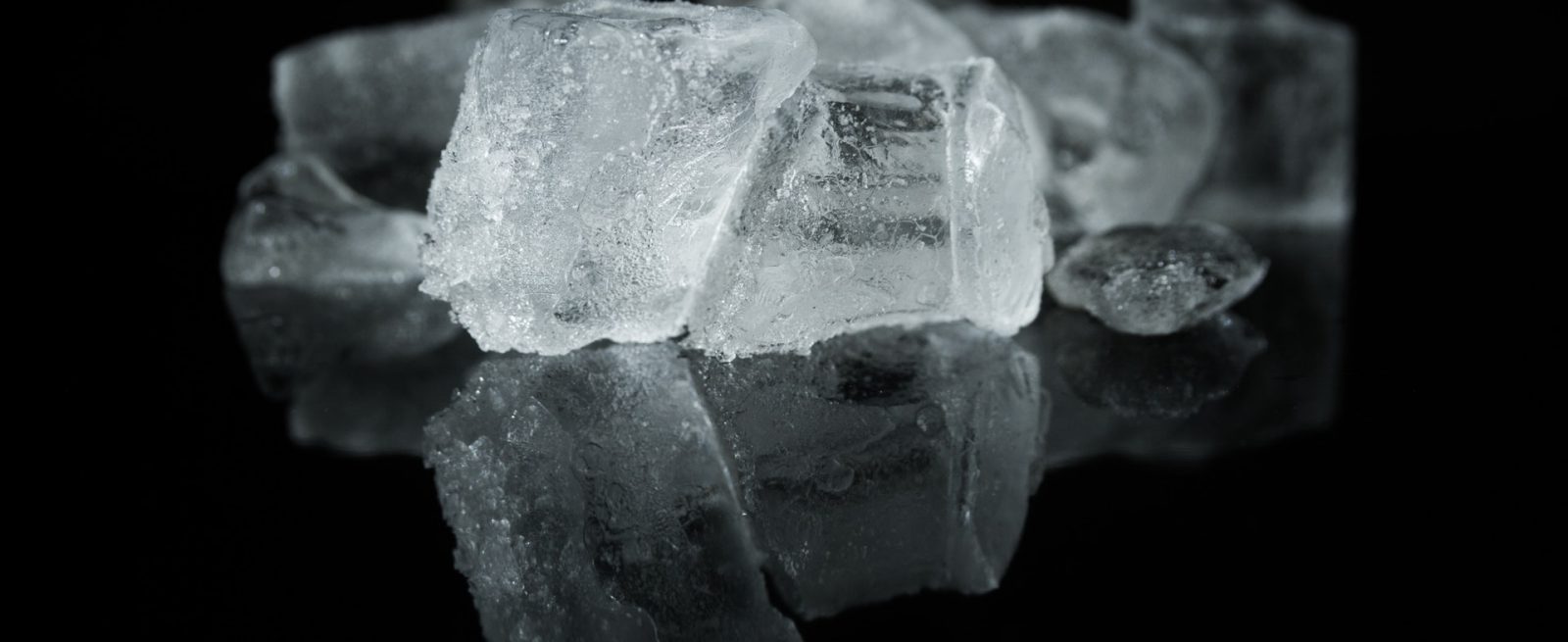New Efficiency Standard Equals Cool Savings on Ice Makers
2 Min Read By Lauren Urbanek
Commercial ice makers — the kind you see in hotel hallways, restaurants, and hospitals — can churn out anywhere from 50 pounds to 4,000 pounds of ice every day. They can produce regular cubes, ice nuggets for drink machines, or soft flakes used in supermarket displays, and they use a lot of water and energy to do it. As of this week, thanks to updated efficiency standards, almost every new ice maker sold in the United States will use 10 to 25 percent less energy.
Sunday, Jan, 28 was the day that the Department of Energy’s (DOE) efficiency standard for automatic commercial ice makers went into effect. Thanks to this updated and now more widely applied standard — which some manufacturers have bested by as much as 18 percent — U.S. business will save $942 million in energy costs over the next 30 years. The owner of a new, more energy efficient ice maker might not notice any difference, except for the energy savings of $200 to $800 over the life of the machine. The standards will slash electricity use nationwide by 19 billion kilowatt-hours — as much energy as 1.7 million homes use in a year.
Ice makers aren’t the only appliances getting an efficiency upgrade in 2018. Clothes washers got an efficiency boost effective January 1, as did the rooftop air conditioners that heat or cool more than half the commercial floor space in the United States. A new standard for fluorescent tube lights, which light up schools, offices and hospitals, went into effect last week. And on June 13, all battery chargers sold in the United States — like the ones for electric toothbrushes, laptops, cordless drills, and scores of other gadgets— will be 10 percent more energy efficient than previous models. The battery charger standard alone will save enough energy to power all the households in a city of 100,000 people for a year.
All these improvements are the result of the little-known but tremendously successful federal energy efficiency standards program, which has quietly saved trillions of dollars for American consumers on their energy bills over the last 30 years. In addition to saving money and reducing energy use — and the climate and air pollution that often comes with it — federal energy efficiency standards prod manufacturers to innovate and stay competitive, and have created hundreds of thousands of jobs for American workers. By 2035, the updates required by law to existing standards will save consumers an estimated additional $43 billion every year.
Administration Actions that Could Impede Progress
Despite the energy efficiency program’s stellar track record and continued potential for savings and innovation, the Trump administration has failed to publish multiple new energy efficiency standards. (NRDC went to court to battle this illegal $8 billion delay.) Trump’s DOE has also missed legally required deadlines for other standards, and has indefinitely delayed development of 20 efficiency standards by making changes to the Regulatory Agenda, which sets timetables for when agencies will act to develop regulations.
When the Trump administration delays energy efficiency standards, consumers pay the price. Manufacturers lose too, because they often participate in the standard’s creation and benefit from the predictability the standards provide. In another move that could further slow down efficiency, the Trump DOE recently opened the door to changing this effective and inclusive standard-setting process. Given the current administration’s anti-regulatory stance, it’s not certain that any changes will result in better products for consumers.
NRDC is watching closely to make sure that the DOE’s energy efficiency standards program, which has always enjoyed bipartisan support, remains as strong and effective as ever.
This post first appeared here.


